5 Must See Historic Forts In South Dakota
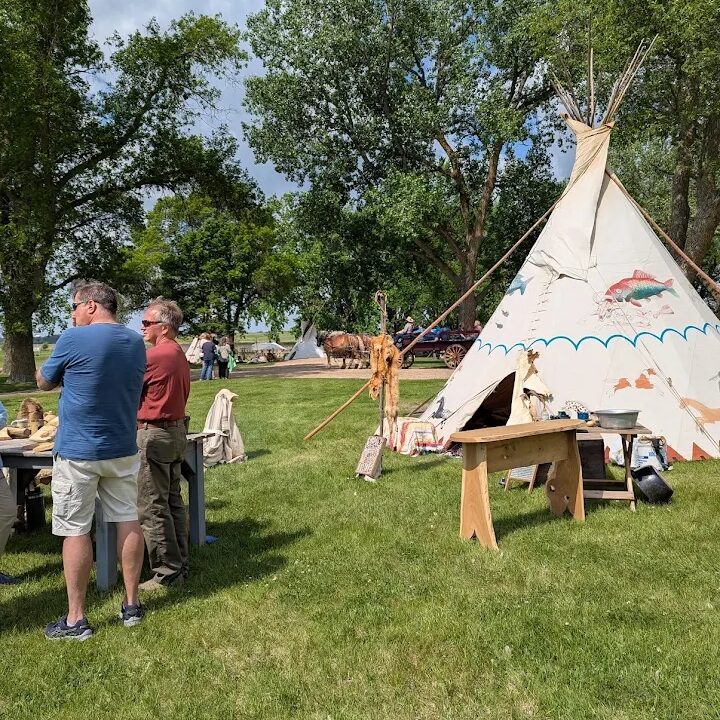
The history of South Dakota is inscribed in its forts, where settlers, traders, and soldiers influenced the development of the Great Plains. These locations, which ranged from military outposts protecting wagon routes to thriving fur trading centers, saw the clash of civilizations, the advance of westward migration, and the day to day struggles of frontier life.
Some flourished as commercial hubs, trading buffalo robes for items from all over the nation, while others were constructed to defend settlers amid conflicts with Native American tribes. While some have survived through ruins and explanatory signage, others are still in very good condition today. However, everyone has a distinct tale to tell that provides insight into the 19th century. Exploring these forts offers more than just dates and names; it puts you in direct contact with the tenacity, resiliency, and ambition that shaped South Dakota, regardless of your interest in history, road trips, or the state’s past. 5 Must See Historic Forts In South Dakota are
Fort Randall (Gregory County)
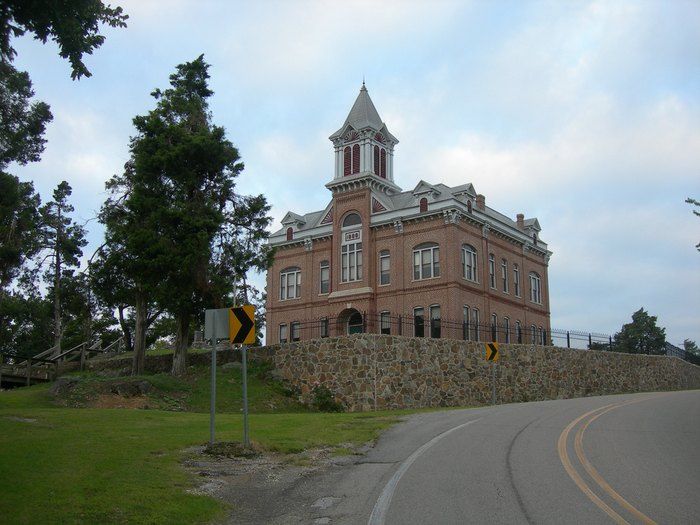
Fort Randall, named for Colonel Daniel Randall, was constructed in 1856 on a site chosen by General William S. Harney and was located close to the South Dakota, Nebraska border on the west bank of the Missouri River. The fort lasted longer than any other fort on the upper Missouri and was a vital military outpost during wars against the Sioux from 1863 to 1865. Its goals included keeping the Ponca, Santee, Yankton, and Teton Sioux tribes in harmony and Native Americans and white settlers at peace. The chapel at the fort is open to visitors today.
Fort Meade (near Sturgis)
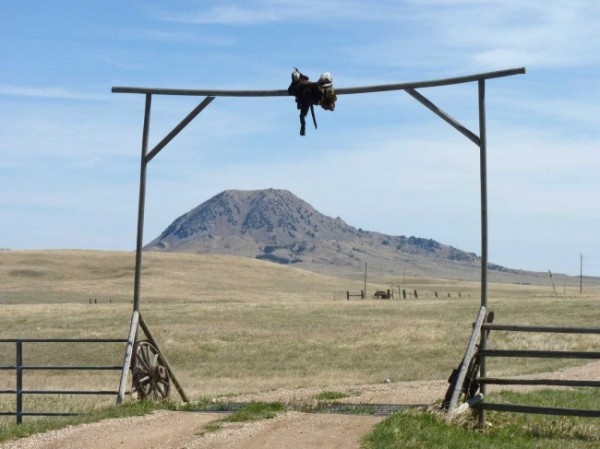
During the winter of 1878-79, the reconstituted 7th Cavalry, along with the 1st and 11th Infantry, erected Fort Meade in Sturgis. During a period of hostility with the Sioux following the 1877 treaty, it was constructed to safeguard settlers and gold seekers entering the Black Hills. The fort gained notoriety for establishing the nationwide custom of playing the national anthem at all military events. The Fort Meade Museum is open today and has historical photos, military gear, and uniforms. The surviving original structures provide insight into life at the station in the late nineteenth century.
Fort Sisseton Historic State Park (Lake City)

Originally named for Brigadier General James S. Wadsworth, Fort Sisseton Historic State Park was renamed Fort Sisseton in 1876, in part to honor the Sisseton Sioux scouts who served there and because there was already another Fort Wadsworth in New York. Built on August 1, 1864, as Fort Wadsworth, it was intended to prevent conflicts between local tribes, permit settlement east of the James River, and protect the northern wagon route to gold fields in Idaho and Montana. Today, visitors can see barracks, the guardhouse, officer quarters, and other structures, and the site is brought to life every year with reenactments.
Fort Pierre Chouteau (near Fort Pierre)
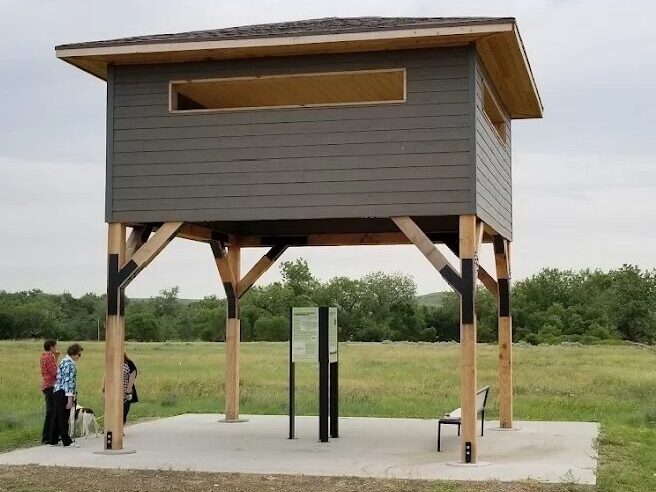
The biggest fur trade post on the upper Missouri River used to be Fort Pierre Chouteau. After Fort Tecumseh was demolished, the American Fur Company constructed it in 1832, and it quickly rose to prominence as a commercial hub in Lakota territory. Every year, traders traded over 17,000 buffalo robes for blankets, coffee, tobacco, weapons, and trinkets. Hundreds of Native American tepees surrounded the fort during the busiest trading seasons, according to historical reports. The fort featured a sawmill, stables, and storehouses. The U.S. Army purchased it in 1855, disassembled it two years later, and used the materials to construct Fort Randall. The site has interpretative signage and is a National Historic Landmark, albeit not much is left above ground now.
Fort Sully (Hughes County and Sully County)
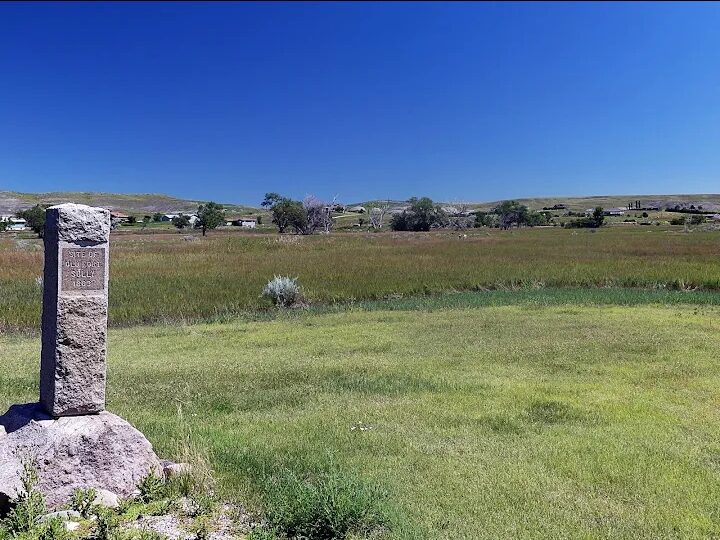
Visiting South Dakota’s historic forts is more than a walk through old barracks and weathered walls; it’s a journey into the heart of frontier history. Some forts are living museums with preserved buildings and reenactments, while others require a bit of imagination to picture the activity that once filled their grounds. Exploring them offers not just lessons in history but a deeper connection to the landscapes and people who shaped this region.
Explore the heart of frontier history by touring South Dakota’s historic forts, which provide more than just a tour of dilapidated barracks and worn walls. While some forts require some imagination to imagine the activities that once occupied their grounds, others are living museums with restored buildings and reenactments. By exploring them, one can gain a deeper understanding of the people and landscapes that influenced this area in addition to learning about history. Now which of these 5 Must See Historic Forts In South Dakota are you going for? let us know in the comment section!